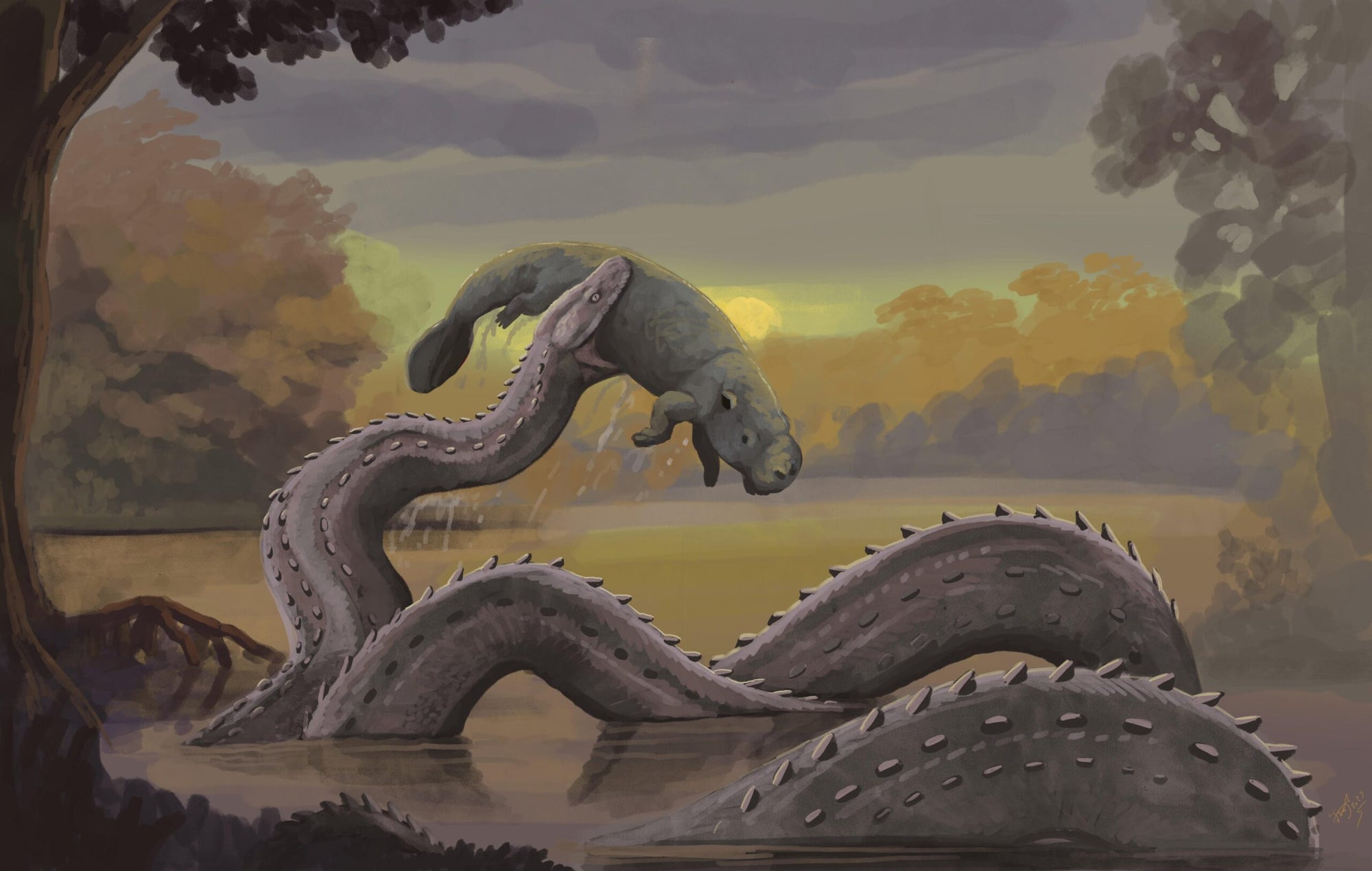Dinosaur Footprints Uncover Chilling Secrets of Ancient Herding Behavior!

Imagine walking in the footsteps of dinosaurs, not just any dinosaurs, but a mix of species banding together for survival 76 million years ago! This incredible revelation comes straight from Dinosaur Provincial Park in Alberta, Canada, where a stunning set of fossilized footprints has unveiled the first evidence of mixed-species herding behavior in these prehistoric giants.
Uncovered in July 2024 at this UNESCO World Heritage Site, renowned for its rich fossil deposits, these footprints add a thrilling twist to our understanding of dinosaur social structures. While skeletal remains are a common find in the area, dinosaur footprints are surprisingly rare, making this discovery all the more significant.
The study, featured in the journal PLOS One, introduces us to the 'Skyline Tracksite,' where multiple dinosaur species walked side by side, giving us a glimpse into their world. But wait – there’s more! The researchers also found a second set of tracks, potentially belonging to two colossal tyrannosaurs. This chilling detail suggests that these apex predators may have been stalking the herd, a thought that sends shivers down the spine of anyone who imagines the scene.
Dr. Phil Bell, co-author and a paleontologist from the University of New England, notes, “It’s a pretty chilling thought.” And who can argue with that? The very idea that these large predators were eyeing their next meal while the herd moved together for protection adds an extra layer of drama to this fossil find.
Dinosaur Provincial Park has long been a treasure trove for paleontologists, yielding over 50 dinosaur species, including fearsome tyrannosaurs, gentle hadrosaurs, and impressive ceratopsians. The newly discovered footprints only enhance this list of remarkable finds.
Dr. Bell, who has dedicated nearly two decades to collecting dinosaur bones in the park, admits he had never considered footprints until this discovery. He describes the moment they found the tracks, noting, “This rim of rock had the look of mud that had been squelched out between your toes, and I was immediately intrigued.”
The research team, armed with picks, trowels, and a healthy dose of curiosity, excavated 29 square meters of rock surface. They unveiled an astonishing 13 ceratopsian footprints from at least five dinosaurs strolling together, with an ankylosaurid appearing to mingle among them. They even uncovered a solitary footprint from a small carnivore, adding to the tapestry of life in the Cretaceous.
What caught their attention even more were two massive tyrannosaur footprints, moving parallel to the herd—a potentially alarming sign that the herd was trying to protect themselves from predators. “The tyrannosaur tracks give the sense that they were really eyeing up the herd, which is a pretty chilling thought,” Dr. Bell explains, while cautioning that more evidence is needed to confirm these behaviors.
Dr. Brian Pickles from the University of Reading, another co-author, expresses his excitement by saying, “It was incredibly exciting to be walking in the footsteps of dinosaurs 76 million years after they laid them down.” His enthusiasm is infectious, and he adds that the new search images used for these footprints have led to the discovery of several more tracksites within the park's varied terrain, hinting at even more revelations about how these fascinating creatures interacted with one another.
As we continue to unearth the secrets of our planet's history, the findings at Dinosaur Provincial Park remind us that the past is not only fascinating but also filled with drama and intrigue. Who knows what else lies hidden beneath the surface, waiting to be discovered?


























